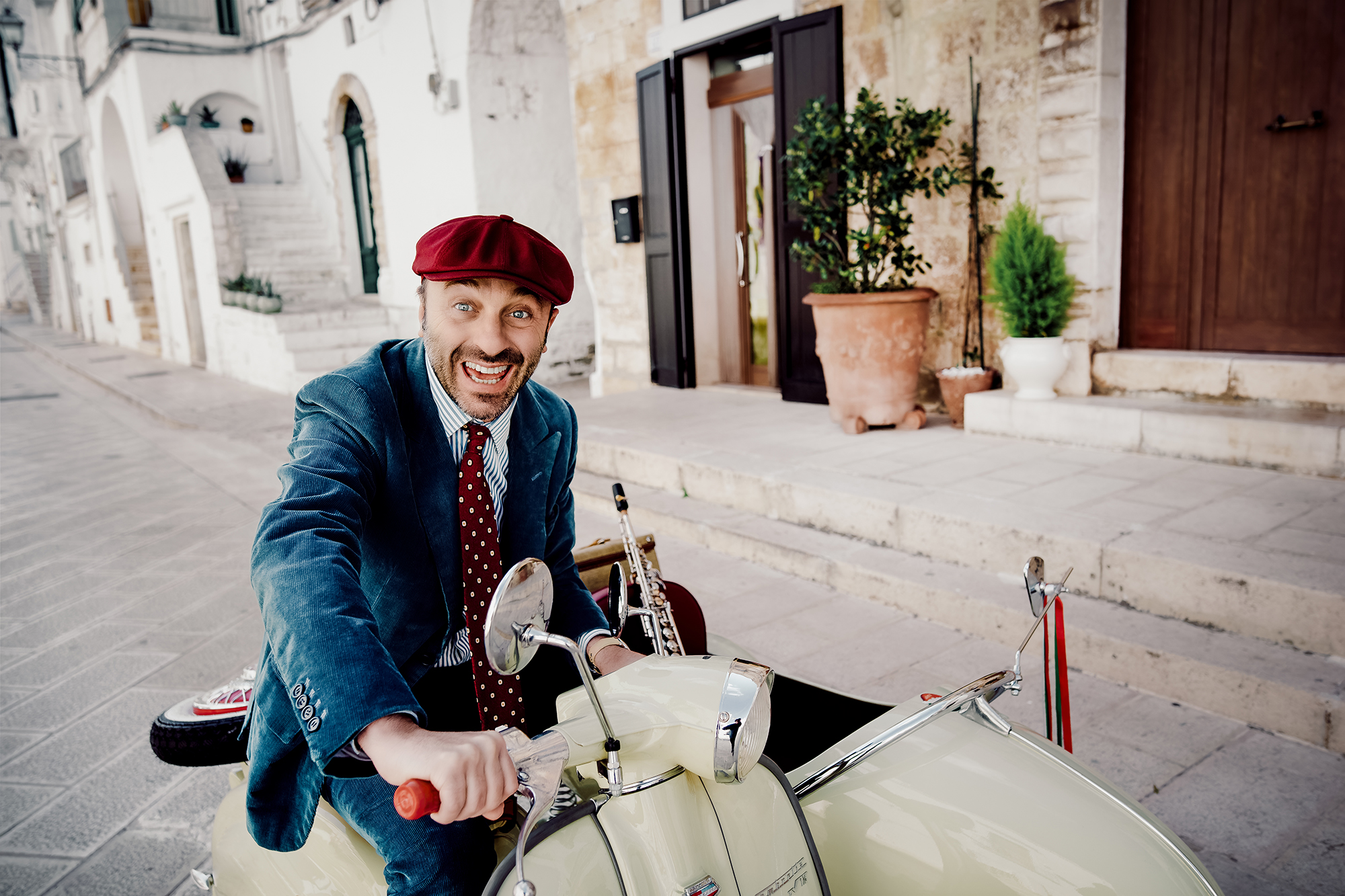From cinema’s earliest days, most films have had a musical accompaniment of some kind. Even silent films were not viewed in total silence. The rhythm of the music sustained the momentum of action on screen. Since the first screenings by the Lumière brothers and others, the visual quality of films steadily improved and innovations in sound kept pace. Once sound could be added to the footage, music composed for the screen never lost its importance.
In most cases music written for films expresses the main characters’ inner thoughts. In the 1930s to ’50s, nearly all Hollywood films were accompanied by orchestral music which, by today’s standards, would be considered manipulative. Influenced by European cinema, filmmakers in the next decade began using music played by on-screen musicians or from ambient sources. When successful films such as Butch Cassidy and the Sundance Kid used ‘needle drops’ of ballads – even some that were anachronistic – the popular hits boosted box office revenues; the trend was imitated. Music is so much a part of cinema,in fact, that the absence of a soundtrack has an enormous impact on films that involve suspense or tension, such as The Birds and Dog Day Afternoon. As almost all film music is diegetic, it is worth noting that Oscars for Best Soundtrack tend to go to films that involve intense action scenes with minimal dialogue.
About the decisions whether to use more or less music and what kinds of motifs are best, there seems to be no hard and fast rule. In some cases the composer studies the script long before shooting begins; in other situations, the composer views the edited film and draws inspiration from sequences that have already been shot. Regardless of the evolution, the process requires a close collaboration between director and composer. Sometimes this grows out of a childhood friendship, such as that between Ennio Morricone and Sergio Leone, director of five hugely successful films that Morricone scored. On the other hand, it can be serendipitous, like love at first sight as on the day that Federico Fellini spotted Nino Rota, ‘a funny little man waiting in the wrong place for the tram’, who soon became his ideal composer, a person whose collaboration Fellini described as such a complete, total, harmony that Rota had no need to see images from his movies.
The music selected for Postcards from Italy encompasses several extraordinary soundtracks that seem to have magical powers to transport us to other times and places: Morricone’s lyrical music takes us to the peaceful wilderness of The Mission, to the small towns in Malèna, and Nuovo Cinema Paradiso; or to the urban environment of Once upon a Time in America. Nino Rota’s infusions of traditional motifs and rhythms in Fellini’s Amarcord and La dolce vita and Coppola’s The Godfather evoke a bittersweet nostalgia. Likewise, Gato Barbieri’s score for Bertolucci’s Last Tango in Paris recalls dance floors where tango represents a tragic struggle for dominance. Less well known internationally, perhaps, are films featuring scores by Paolo Silvestri, such as his dynamic, award winning composition for Controvento, but his work points us in a new direction, indicating the future place to which Italian cinematic expression is heading.
© 2023 Carolyn Balducci and Gioacchino Balducci
